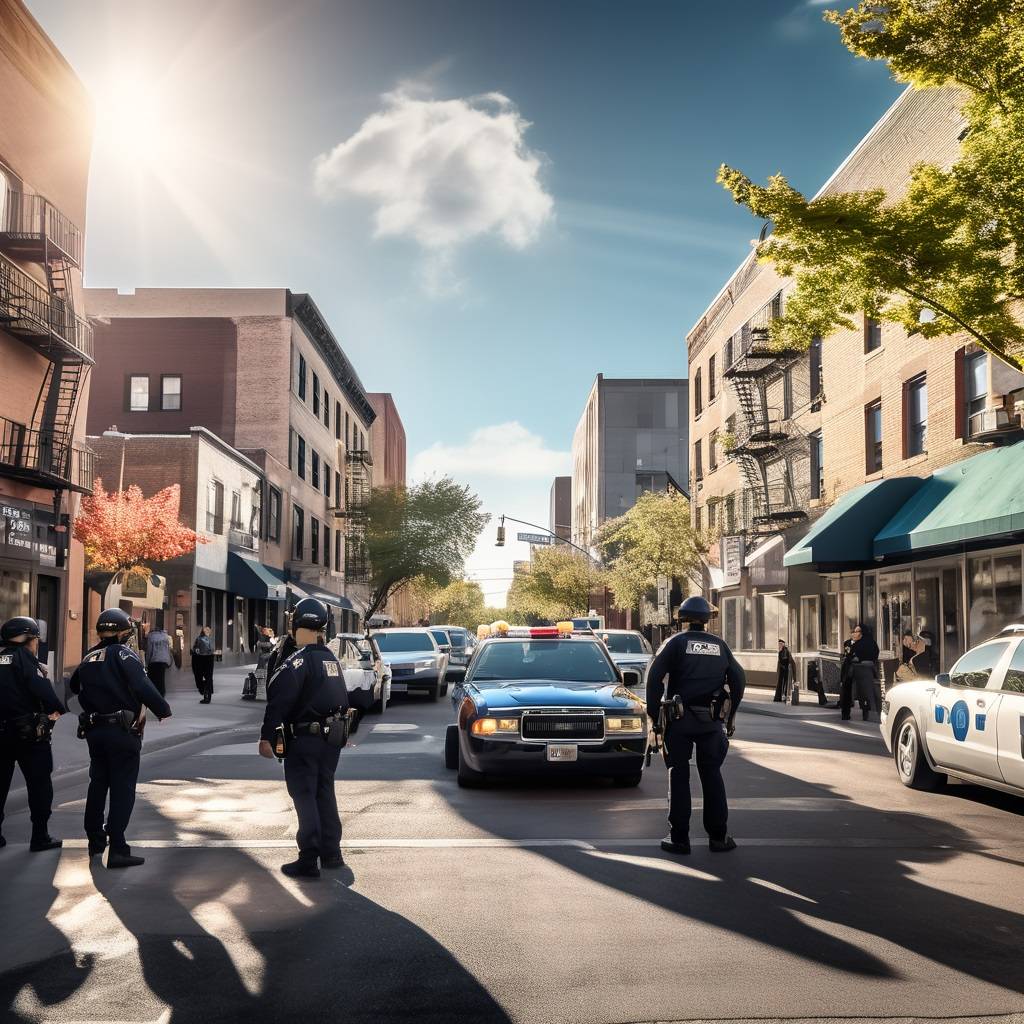In a recent development, the City Council of New York has passed a law that will require police officers to record specific details, including the apparent race, gender, and age of individuals they stop for questioning. This legislative move is a response to the controversial stop-and-frisk strategy previously employed by the NYPD, particularly its disproportionate impact on communities of color.
Background and Historical Context
The issue gained national attention when NYPD officers stopped a Black council member without providing a clear reason, highlighting the need for increased transparency and accountability in law enforcement. Since 2001, officers were already obligated to document instances involving accusatory questions, detentions, searches, or arrests. However, the new law extends this requirement to low-level encounters where individuals aren’t necessarily suspected of a crime.
Key Provisions of the Transparency Law
Under the newly passed law, officers must not only record basic information but also provide details about the circumstances that led to stopping a specific person. This data will be made public on the police department’s website, promoting transparency in police interactions. The move is seen as a victory for police reform advocates who have long called for accountability measures.
Perspectives on the Law
City Council Member Kevin Riley, a Bronx Democrat, expressed the sentiment shared by many New Yorkers of color, emphasizing the anxiety and apprehension that often accompanies interactions with law enforcement. Supporters argue that documenting encounters can be efficiently done in less than a minute using the existing technology on an officer’s smartphone.
However, Mayor Eric Adams, a former police captain, voiced concerns about the potential impact on public safety. He argued that the additional paperwork required could divert officers’ attention from more critical tasks, potentially affecting emergency response times.
Controversies and Opposition
The largest police officers’ union issued a statement warning about rising 911 response times and diminished police presence in neighborhoods. Despite assurances that officers won’t be burdened with documenting casual conversations, some opponents suggested that the law could exacerbate racial divisions in the city.
Historical Context and Ongoing Concerns
The stop-and-frisk tactic, previously used by the NYPD, faced legal challenges, with a federal judge ruling in 2013 that it violated the civil rights of Black and Hispanic residents. While the encounters have decreased since then, a 2022 ACLU report indicated that people of color were still disproportionately targeted.
Recent Events and Last-Minute Efforts
In a last-ditch effort to sway opinions, Mayor Adams and the NYPD organized police ride-alongs for council members. However, a notable incident occurred when an officer pulled over Council Member Yusef Salaam, one of the exonerated “Central Park Five.” While this specific stop would not fall under the new transparency law, Salaam argued that it highlighted the ongoing need for greater police transparency.
Impact on Solitary Confinement Practices
In addition to the transparency law, the City Council overrode the mayor’s veto on a bill restricting the use of solitary confinement in city jails. The legislation imposes a four-hour limit on isolating inmates who pose an immediate risk, with only those involved in violent incidents eligible for longer-term restrictive housing.
Mayor’s Concerns and Council Response
Mayor Adams expressed concerns about the safety implications of these restrictions, pointing to potential risks for both inmates and corrections officers. However, the Council argued that the limitations are necessary for safeguarding the well-being of incarcerated individuals and promoting humane treatment.
Balancing Transparency and Public Safety
As the new transparency law takes effect, balancing the need for increased police accountability with concerns about public safety remains a critical challenge. The ongoing dialogue between law enforcement, city officials, and communities will likely shape the implementation of these measures and their long-term impact on policing practices in New York City.








Leave a Reply